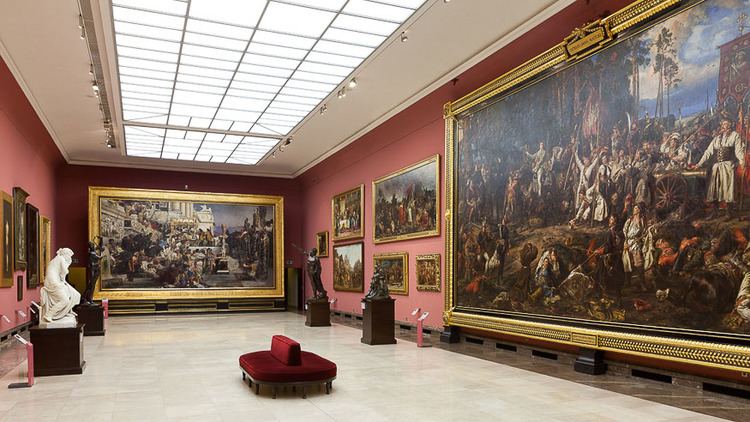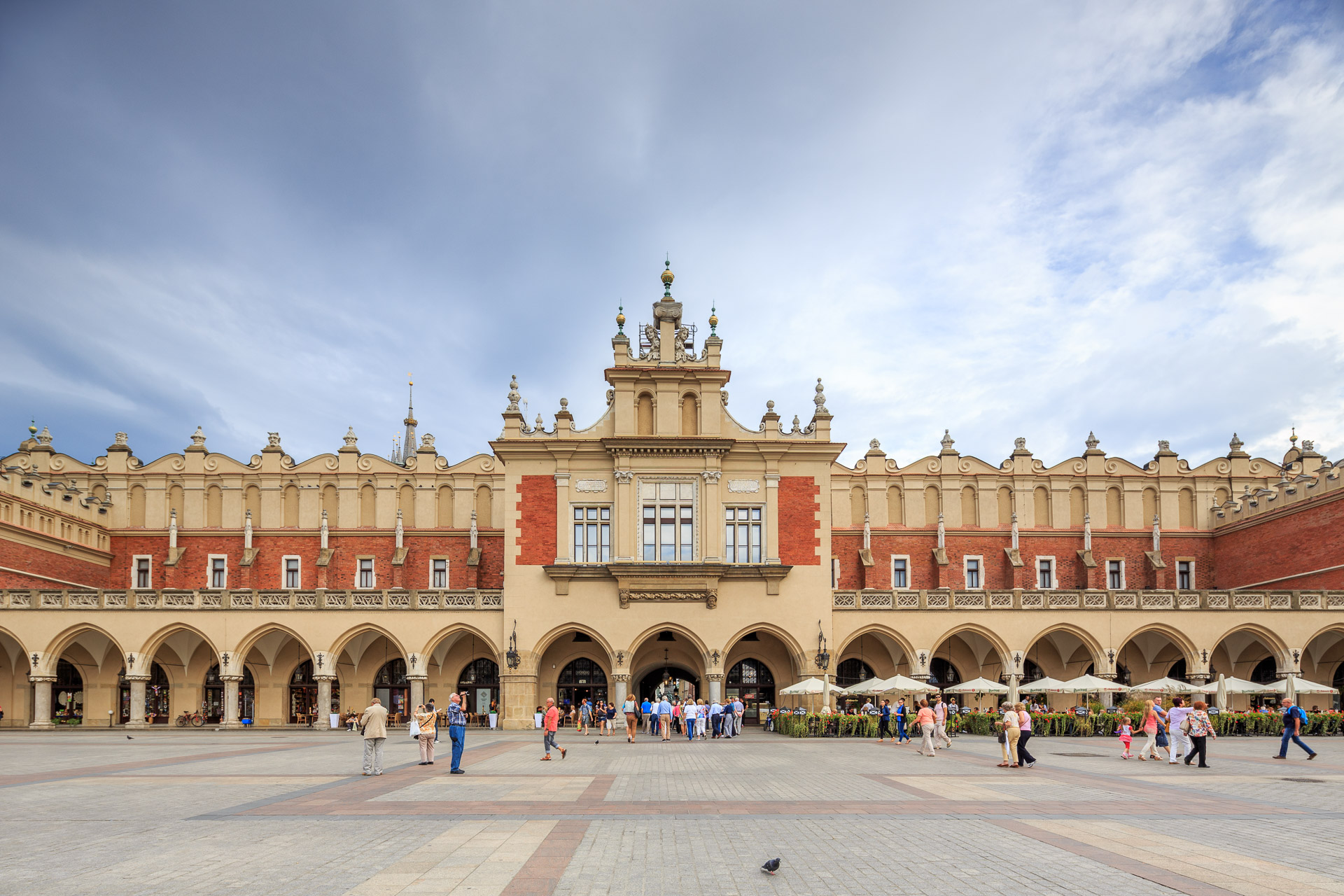Muzeum W Sukiennicach, or the Cloth Hall Museum in Krakow, is a treasure trove.
Imagine a long, ornate building right in the heart of Krakow's Main Market Square. That's the Sukiennice.
Think of it like a medieval shopping mall, but much grander.
Now, picture the upper floor of this building transformed into an art museum. That's where the magic happens.
The Building Itself: A Visual Feast
The Sukiennice isn't just any building.
Look at its facade. You'll see arcades, columns, and intricate details.
Notice the coats of arms representing Polish cities. They show the importance of trade and unity.
It’s like a historical timeline etched in stone.
The building went through a major renovation in the 19th century.
Tomasz Pryliński designed the neo-Renaissance look we see today.
Think of it as giving a historical building a stylish makeover.
Inside the Museum
Climb the grand staircase. Imagine the merchants and nobles who walked these same steps centuries ago.
The museum's layout is relatively straightforward.
Rooms flow into each other, creating a chronological journey through 19th-century Polish art.
The Art: A Window into Polish Identity
The museum focuses primarily on 19th-century Polish painting and sculpture.
It is a crucial period in Polish history.
Poland was partitioned, meaning it didn't exist as an independent country.
Art became a way to express Polish identity and patriotism.
Think of it like using art as a secret language to keep the spirit of Poland alive.
Key Artists and Their Works
Jan Matejko is a star of the collection.
His paintings are large, dramatic, and full of historical detail.
Imagine a movie director staging a grand historical scene.
“Kościuszko at Racławice” is one of his most famous works.
It depicts a pivotal moment in Polish history.
Notice the dynamic composition and the realistic portrayal of emotions. It's like witnessing history unfold.
Henryk Siemiradzki is another important artist.
He specialized in historical and biblical scenes, often set in ancient Rome and Greece.
His painting "Pochodnie Nerona" (Nero's Torches) is a good example.
It depicts Nero blaming Christians for the burning of Rome.
The play of light and shadow is stunning. It's like a scene from a grand opera.
Artur Grottger created cycles of drawings depicting Polish struggles for independence.
These works are often monochromatic, using shades of gray and black.
Think of them like powerful charcoal sketches that tell a story of oppression and resistance.
Other notable artists include Józef Chełmoński.
He painted realistic landscapes and scenes of rural life.
Think rolling fields, horse-drawn carts, and peasants at work.
It gives you a sense of the Polish countryside.
Beyond Paintings: Sculpture and Decorative Arts
The museum also features sculptures.
Look for works by artists like Pius Weloński and Antoni Kurzawa.
These sculptures often depict patriotic figures or allegorical themes.
There are also examples of decorative arts, like furniture and crafts.
These offer a glimpse into the everyday life of the Polish elite in the 19th century.
Experiencing the Museum: Tips for Visual Learners
Take your time. Don't rush through the exhibits.
Focus on details. Notice the brushstrokes, the colors, and the expressions on the faces of the subjects.
Read the labels, but don't get bogged down in too much text.
Look for visual clues that tell you about the artist's intentions and the historical context.
Use the audio guide if available.
Many museums offer audio guides that provide additional information and insights.
Imagine each painting as a story waiting to be discovered.
Ask questions. If you are unsure about something, don't hesitate to ask a museum staff member.
Compare and contrast different works of art.
How do they differ in terms of style, subject matter, and technique?
Relate the art to Polish history and culture.
The art provides valuable insights into Polish identity and the struggles for independence.
Sketch or photograph (if allowed). This helps you to focus on details and remember what you see.
Find a quiet spot to reflect on what you have seen.
The Muzeum W Sukiennicach is more than just a museum.
It is a window into the soul of Poland.
By exploring the art and understanding the historical context, you'll gain a deeper appreciation for Polish culture and identity.

